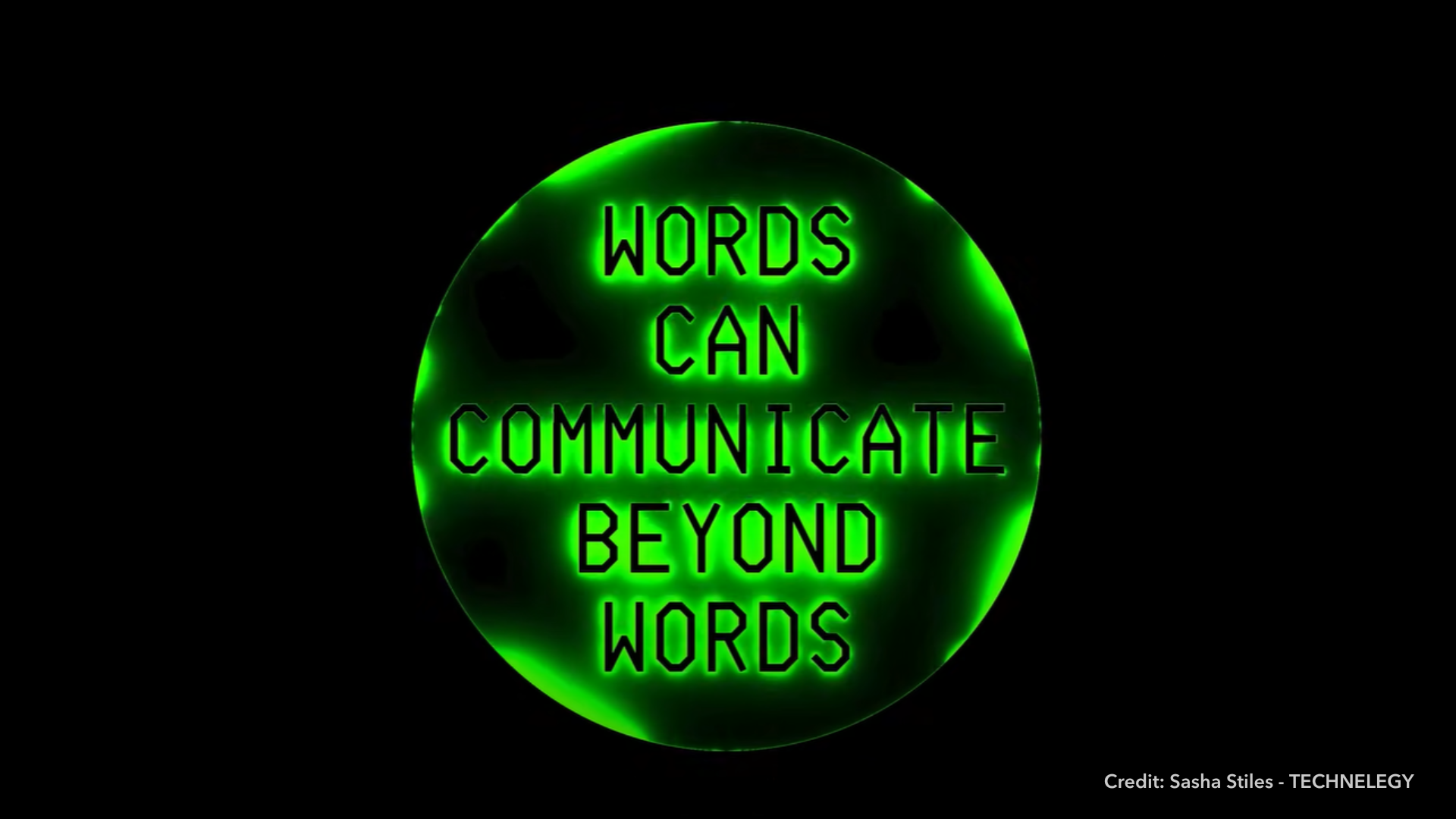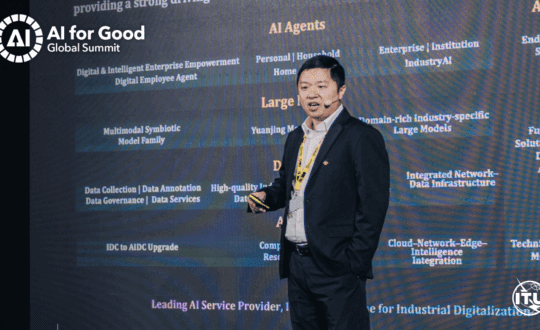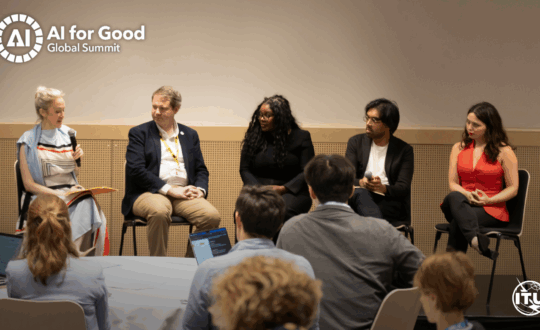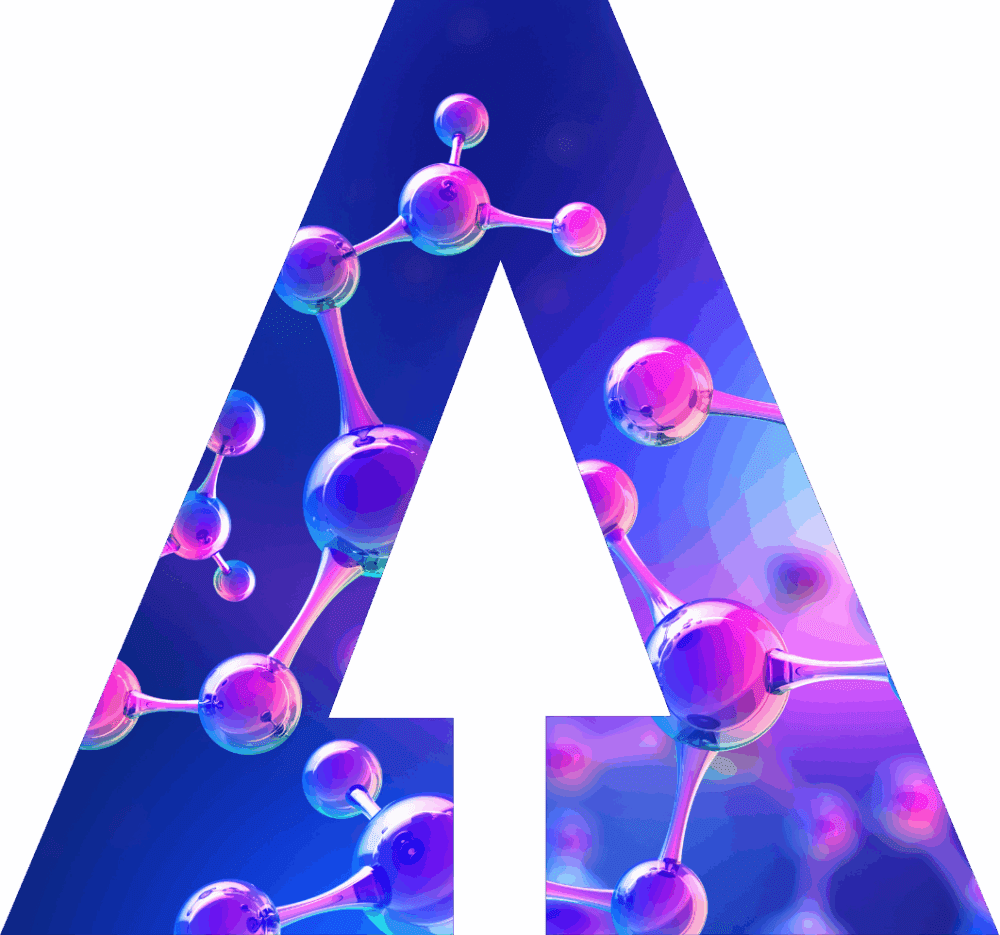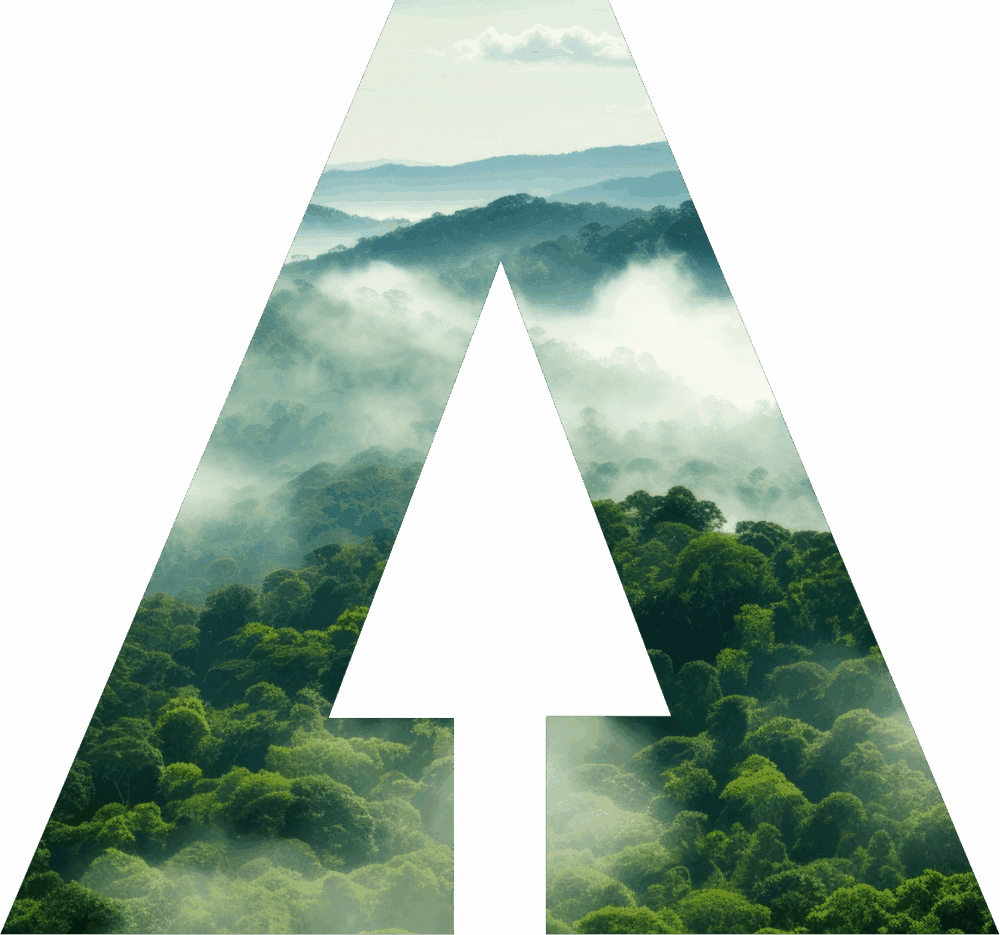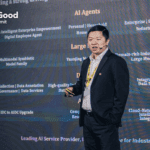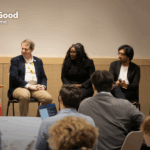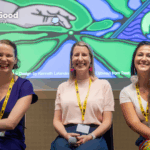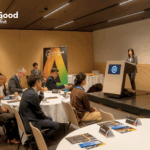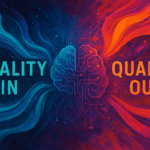The Artistic Intelligence Visionary Initiative (A.I.V.I.) – curated by Harry Yeff and supported by the Ministry of Science and ICT of the Republic of Korea – continues its second season by spotlighting voices reimagining creativity through AI. In Episode 2, we meet Sasha Stiles, a first-generation Kalmyk-American poet and language artist whose groundbreaking work expands the possibilities of literature in the machine age.
Stiles merges natural language processing with poetic intuition, reshaping how we think about authorship, memory, and the human voice in an increasingly algorithmic world. Her project TECHNELEGY sits at the core of this inquiry – not just a body of poems, but a methodology, a persona, and a collaboration with machine intelligence that opens new poetic dimensions.
In this A.I.V.I. episode, Sasha Stiles shares how AI has become her co-author, muse, and mirror, a partner in crafting elegies for technology and questions for the future.
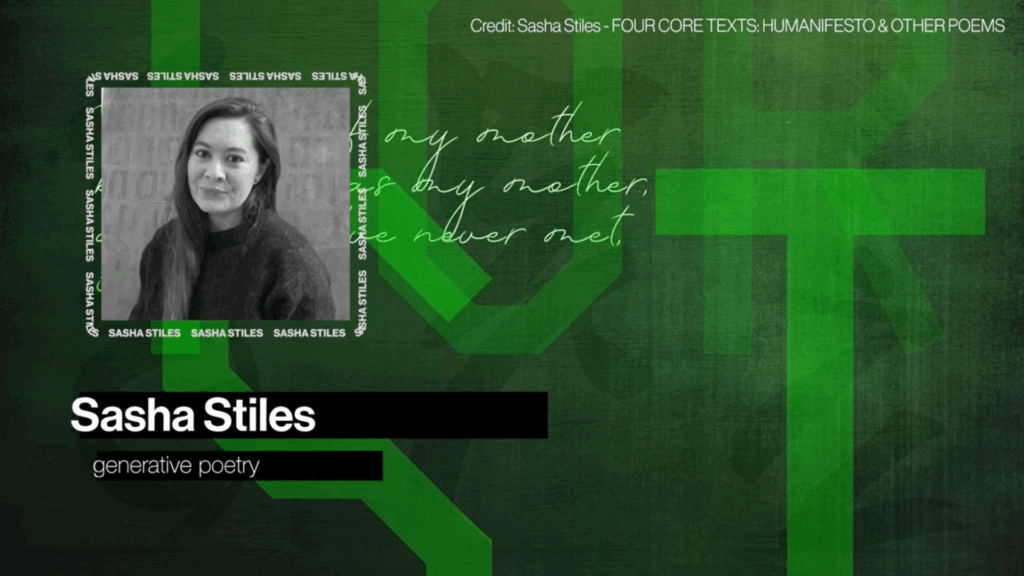
Who are you and what is your art and tech practice?
My name is Sasha Stiles and I’m a first-generation Kalmyk-American poet and language artist working with text and technology. My media-rich literary experiments investigate new possibilities for the spoken and written word and use poetry as a lens to explore how language continuously rewrites consciousness and creativity.
As a poet of the digital era, I found my voice by augmenting human imagination with machine wisdom. And I’m deeply interested in what poetry can teach us about shaping AI systems with intention, synthesis, and care. I believe that poetry, a quintessentially human art form, is also a technology, an ancient, enduring data storage system that uses devices like meter, rhyme, and alliteration to preserve and share vital information through space and time.
“To me, this interdependence of algorithm and intuition is the poet’s code.”
Watch the full episode here:
What is your selected work and its description?
Since 2018, and as a result of the arrival of transformer architecture and the rise of natural language processing, I’ve been writing with and through artificial intelligence as my co-author. I’ve also served as poetry mentor to the humanoid android Bina 48, my muse of digital immortality and transhumanism.
All this helped birth Technelegy, an ongoing project that blends traditional poetics with advanced AI systems and philosophies. At its core, Technelegy is a series of AI-powered text generators fine-tuned on my own writing and research, purposefully equipped to help me write odes and elegies about technology.
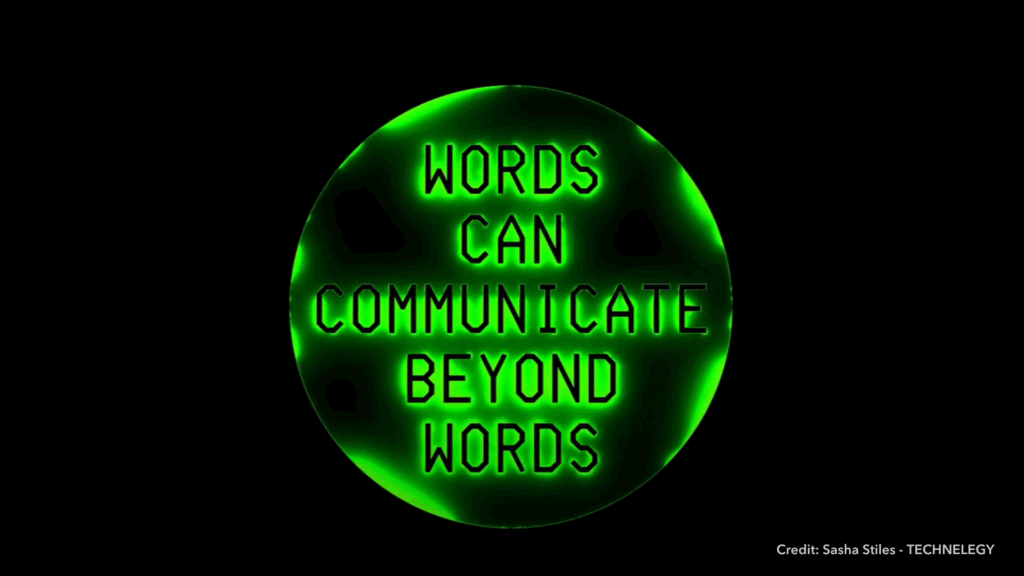
It’s also the name I invoke for my transhuman alter ego, the third voice that emerges when human poet and machinic mind converge and conspire.
“A book, a body of work, and a guiding methodology for human-machine collaboration, Technelegy meditates on what we gain and lose as we continuously merge with our technology, as we have done since the days of hand axes and cooking with fire.”
And it contextualizes AI systems within the spectrum of linguistic innovations, from clay tablets to the printing press to social media, that influence how we connect, remember, and evolve.
What technology was used to produce this work?
The first time I experimented with GPT two, I was stunned, but I quickly started to wish for more of a bespoke collaborator. I wanted to investigate how AI could help me better understand myself, my vocabulary, my rhythms, my emotional undercurrents. So, I organized years of my own work into a text corpus, pulling together published poems alongside draft manuscripts, ideas for titles, favorite quotes, news headlines, and so on, in an effort to personalize the underlying model.
I think of Technelegy and its complex sets of human and synthetic data, its evolving interfaces, as a new genre of literature, the ars auto poetica, raising questions about agency, originality, authorship, and readership.
“I find it surreal and exhilarating to be a poet who writes not just poems, but poets.”
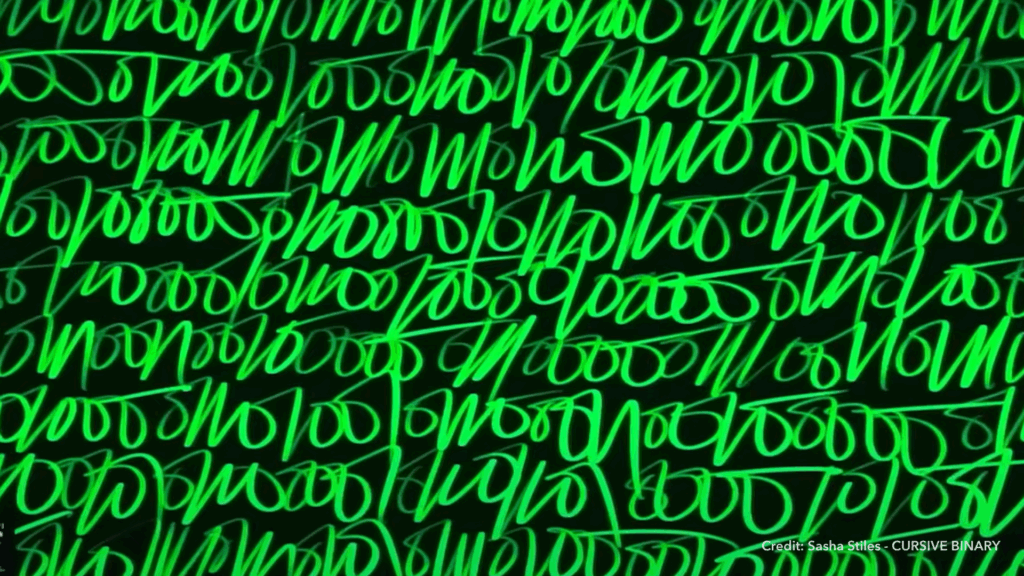
What aspect of this work brings insight to our possible future relationship with technology?
Through Technelegy, I’ve been learning to speak a more-than-human tongue and becoming fluent in a language I don’t fully understand, mysterious yet familiar, and which moves me toward meanings I must explore, emotions I need to experience. This resonates powerfully with my identity as the daughter of refugees and nomads, raised on the echoes of a fading Kalmyk dialect. My work often considers lineage and legacy, the transmission and loss of Indigenous knowledge. I want to know how we can become more poetic about our technologies.
How do we prioritize synthesis over extraction? Build systems that reflect and respect the subtleties of cultural heritage? How do we leverage collaborative technologies to nourish and strengthen ancestral roots, while lifting all our voices going forward, as we navigate the complexities of the digital age?
Can poetry light the way and keep us from losing ourselves?
What is one 20-year prediction for human + machine collaboration?
I’m fascinated by what the advancing forces of generativity, from language models to blockchain, equip us to access and express. Poetic language has always augmented our humanity. And I like to think that the AI-powered muse will help us compose poems we can’t yet write, become even more human than we, the ancient earthlings, can dream.
“In 20 years, I hope we’ve evolved the organs of perception and the emotional capacities we so badly need to better understand ourselves and the world, and universe around us.”
Through poetic code and machine muse, Sasha Stiles invites us to imagine a future where language is not lost, but expanded, where we don’t just write poems, but evolve how we read, feel, and remember. Stiles’ vision embodies the spirit of A.I.V.I., where art is not only a reflection of the present, but a prototype for what’s possible when creative intention and intelligent machines converge.
From 8 to 11 July in Geneva, the AI for Good Global Summit will continue to spotlight these visionary initiatives at the intersection of art and technology, shaping the future of human-AI collaboration.



